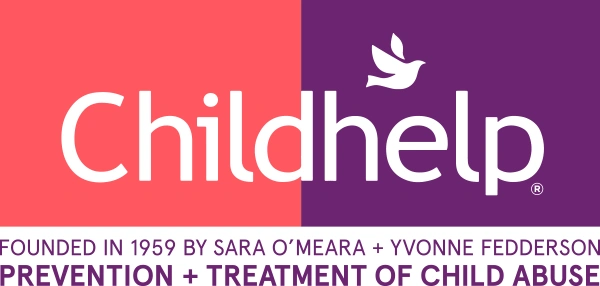Measuring the impact of prevention education
The innovative Childhelp Speak Up Be safe program has evolved over many years into the holistic curriculum it is today. It grew from its start as the “Good Touch, Bad Touch” lessons, created in 1983 and later acquired—and greatly expanded—by Childhelp.
In recent years, Childhelp has worked with the Southwest Interdisciplinary Research Center at Arizona State University (ASU-SIRC) to incorporate evaluation standards, expand the curriculum, gather efficacy feedback, and reinforce program goals. Here are some highlights of that history.

During the fall of 2010, the initial 1st-6th grade CH SUBS curriculum was delivered to nearly 20,000 students in Florida schools, with the help of the Monique Burr Foundation. This pilot resulted in 424 disclosures of abuse and bullying, a 2% disclosure rate. Additionally, facilitator feedback revealed that 99% of facilitators felt the curriculum appropriately covered sexual abuse, 98% felt physical abuse and neglect were covered appropriately, and 98% felt that children were empowered with safety information after the lessons.
In the 2014-2015 school year, with the help of corporate sponsor Origami Owl and the launch of the CH SUBS learning management system, the 1st-6th grade curriculum was delivered to almost 40,000 students nationwide, which resulted in 390 disclosures of bullying, cyberbullying, abuse, or neglect. Almost 1% of the students who received the lessons were directly impacted by abuse or neglect and were able to identify and seek help for their unsafe situations.
Additionally, a Phoenix-metro school district implemented the lessons for 1st-6th grades in 2014-2015 to over 4000 students and received 84 disclosures of abuse and neglect, an almost 2% impact rate. Although 1-2% is not a large number, this represents the children who initially found the courage to disclose abuse to someone at the school within the few days or weeks after a CH SUBS lesson.
Based on these promising results, the CH SUBS curriculum was expanded with age-appropriate lessons through grade 12. For high school grades, the CH SUBS safety rules were adapted to developmentally appropriate safety principles for maturing students.
After a pilot study in 2016-2017, the full PK-12 CH SUBS curriculum again evolved from its initial version into today’s comprehensive prevention curriculum that empowers youth and emphasizes the role of adult/community responsibility in keeping children safe. In 2018-19, a randomized controlled trial (RCT) was conducted to examine the effects of the Childhelp Speak Up Be Safe curriculum in disrupting child abuse, neglect, and other forms of child maltreatment. The RCT employed a pre-, post-, and six-month follow-up design for kindergarten to eighth grade students. The students who received the curriculum, compared to the group who did not receive the curriculum, had statistically significant differences in safety knowledge scores between groups by grade level at time of follow-up. For 2019-20, an additional RCT was designed to allow for efficacy testing with high school student for grade levels 9-12.
Longer-term research of the impact of effective prevention education programs suggests that many students will be able to identify unsafe situations before abuse happens, while others will be able to recognize that what has happened or is happening to them is not okay and will have the resources to seek help.
All of these activities culminated in the 2021 review of CH SUBS as evidence-based, and the program is now listed in the CEBC program directory. This important milestone provides assurance of program excellence.

The Childhelp Speak Up Be Safe program has been rated as being Supported by Research Evidence by the California Evidence-Based Clearinghouse for Child Welfare (CEBC) and is listed in its Program Registry.
At the end of 2021, Childhelp published an informative course about a growing risk factor, human trafficking. In 2022, a Human Trafficking Advisory Group of local, national, and international experts helped inform the creation of a full Human Trafficking Prevention (HTP) Curriculum for grades 6 through 12.












